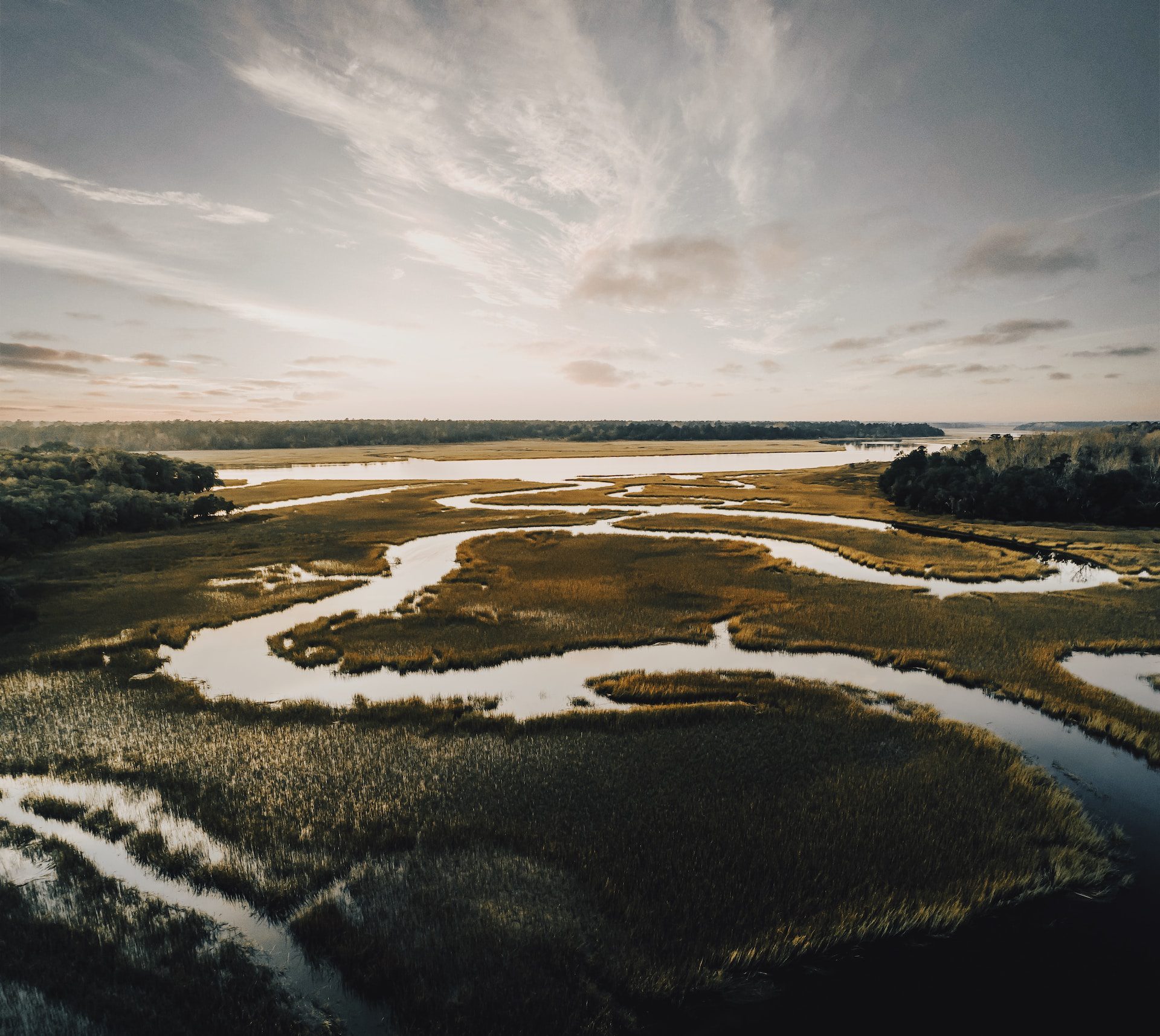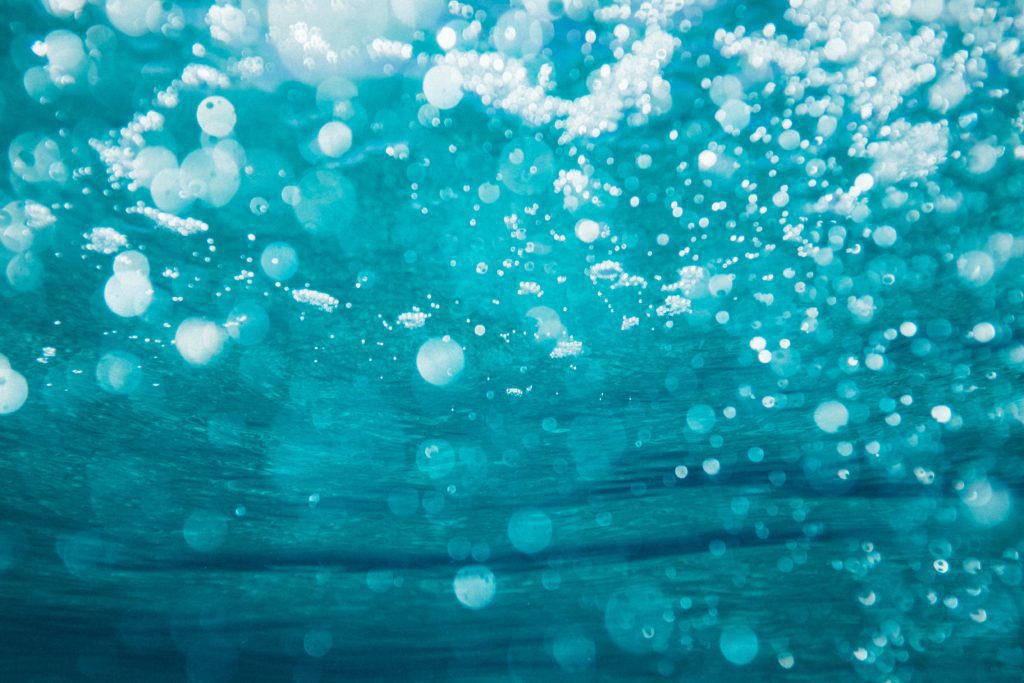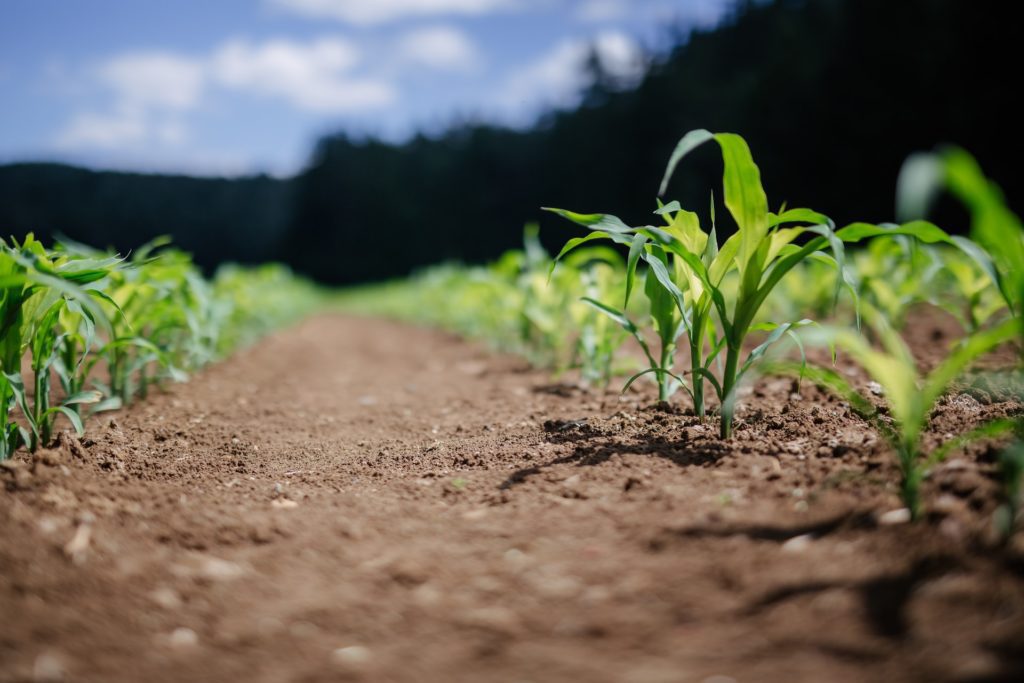05/01/2023 | Agriculture and Farming | 8 MINUTE READ
Saltwater Intrusion: The Silent Killer of Agriculture

When sea levels begin to rise along the coast, there’s a chance that saltwater intrusion will occur. If the intrusion is severe, the nearby agriculture could be damaged by a considerable amount. It’s also common for surface water and groundwater to become highly contaminated. In the event of rising sea levels, the prospect of saltwater intrusion means that water demands must change to account for the risks.
When saltwater gets into surface water and groundwater sources, salinity will increase substantially, which means that the water will likely require extensive treatment before it can be used as drinking water. While there are several challenges that farmers experience when dealing with saltwater intrusion, there are also numerous solutions that have proven effective. This article gives you all of the pertinent details on saltwater intrusion and the danger it poses to agriculture.

What is Saltwater Intrusion?
Saltwater intrusion occurs when sea levels increase at the coasts. In this scenario, saltwater may move onto land. This problem typically presents itself when high tides or storm surges breach areas that have low elevation. It can also take place when saltwater gets into freshwater aquifers, which causes the groundwater table to rise.
Along the Northeast and mid-Atlantic regions, the average increase in the sea level is right around three millimeters every year. This rate is currently showing signs of speeding up, which means that the issues caused by saltwater intrusion may worsen with time.
The main reason why saltwater intrusion is occurring more often is because large storms are more frequent in recent years. High tides are also pushing further inland, which allows saltwater to spread across fresh groundwater quicker than it normally does. During drought conditions, this issue becomes increasingly worse since less freshwater is available to remove salts from groundwater and soil.
The Effects of Saltwater Intrusion on Agriculture
Saltwater intrusion has numerous adverse effects on agriculture, which include everything from a shift in the types of crops that can produce decent yields and the salinization of soil and water. The land that’s located around the Northeast coast is most at risk for saltwater intrusion. Acres upon acres of farmland have been lost each year because they become saturated with high-salinity water. When the soil and water contain high salinization, it’s difficult for most crops to grow.
Marsh plants that are largely salt-tolerant have moved inland over the years and are now being found in most farm fields. This process is referred to as marsh migration. While marsh migration presents a serious problem, it can also be beneficial. For instance, you could create a wetland conservation easement on the affected portion of land. You could also choose to plant specific types of native crops to reduce the number of species that move inland.
Saltwater may negatively impact the quality of water by promoting certain nutrients in the fertilizers that farmers typically use. The nutrients that are produced when saltwater interacts with soil will travel through agricultural ditches until they reach coastal bodies of water like marshes and creeks.
At this point, the high levels of nutrients can lead to high amounts of algae growth. Once the algae die off, the bacteria in the surrounding water will break down the plant, which consumes all of the oxygen that’s present in the water. When oxygen levels are too low, many species of fish will die.
Keep in mind that studies have found that saltwater intrusion can reduce crop yields by more than 17%. Saltwater can also cause important agriculture infrastructure to corrode.

Coastal Farmers’ Responses to Salty Soils
There are several strategies that are capable of improving the health of the soil on your farm on a short-term basis. Once implemented, the negative effects of saltwater intrusion should be mitigated somewhat. Keep in mind, however, that these aren’t long-term solutions. Farmers are able to get rid of excess salt from soils via irrigation. Whenever it rains, the salt content in your soils should drop off.
Another option is to add some gypsum to the soil, which will decrease salt levels. Consider using manure and compost products that have relatively low salt levels. It’s also possible to grow cover crops on an affected field for a single season. These crops help salt leach down the soil by improving the rate of water flow.
The majority of crops that are grown in areas where saltwater intrusion is prevalent aren’t salt-tolerant, which means that yields will invariably be impacted. It’s possible to correct this issue by planting everything from salt-tolerant soy to barley. Other crops are currently being tested to determine if they hold up to saltwater intrusion. It’s believed that these plants could be harvested with most of the equipment that farmers have access to.
An additional solution that allows farmers to adapt to saltwater intrusion involves implementing conservation practices next to or on fields that are salt-impacted. These practices are capable of improving wildlife habitats and protecting water quality. Grasses like coastal panic grass and switchgrass are known to grow well in areas with high saline content.
These crops can also be grown as a type of biomass crop to be used in the creation of biofuel or mulch. Keep in mind, however, that fields used for the growth of salt-tolerant crops may eventually become highly saturated to the point where it’s impossible to plant any crops in them. If this occurs, the land may be converted into a marsh habitat, after which it can be put into a conservation easement program. In coastal states, salt marshes offer ample recreational value.
Climate Adaptation and Saltwater Intrusion
A long-term solution for saltwater intrusion is climate adaptation, which involves taking action to adjust to the current and potential impacts of climate change. There are numerous adaptation strategies that are centered around saltwater intrusion and can be implemented by communities.
One way to protect against saltwater intrusion is by diversifying options for water supplies while expanding existing sources. When you diversify the sources of water that you have access to, you can reduce the possibility that the water supplies will drop below the current water demand. While there are numerous techniques for diversifying water supplies, one option is to use a mixture of groundwater and surface water. From time to time, you might need to implement desalination and promote water trading in the event that there are water shortages.
Another possible solution is to use the aquifer recharge technique as well as saltwater intrusion barriers. When the sea level rises, the intrusion of saltwater into nearby coastal aquifers can lead to much higher treatment costs. By directly injecting freshwater into these aquifers, the water could exist as a barrier. At the same time, the intrusion can recharge your groundwater resources.

Make sure that you increase treatment capabilities as well. Your current water treatment systems might not be powerful enough to process water that’s at a much worse quality than normal. To make sure that the quality of your water supplies is high enough to continue meeting the necessary standards, you might need to make substantial improvements to the treatment processes you’re using at the moment. You could also add more advanced treatment technologies to resolve this issue.
You can attempt to install a low-head dam that will separate a freshwater pool and saltwater. When you combine rising sea levels with a drop in freshwater runoff because of drought conditions, the saltwater and freshwater boundary could move upstream. This type of shift could lead to the water quality getting worse. Installing a low-head dam in the area can keep these upstream shifts from taking place.
You should also consider modeling groundwater conditions to better understand how to manage aquifers and maintain water quality. By monitoring the data for water levels in an aquifer, any detection of saltwater intrusion can be used for models when predicting future water supplies. Depending on how quickly climate change occurs, it’s possible that a decrease in runoff and less precipitation could result in less groundwater recharge in certain areas.
Another form of climate adaptation involves monitoring surface water conditions, which is similar to what you do with groundwater. Monitoring the quality and quantity of this water allows you to estimate how climate change could impact your water resources. Study data for stream level, stream flow, discharge, snowmelt, in-stream temperature, overall water quality, and upstream runoff. Taking action against climate change as a community is essential to begin curbing the long-term effects of these conditions.
Conclusion
Saltwater intrusion is a serious problem for the agriculture industry and farmers who live and work near coastal waters. While there are several short-term solutions for saltwater intrusion, the most effective methods of providing long-term change is by performing climate adaptation, which can be done individually and as a community. Start addressing the issue of saltwater intrusion today to mitigate its effects on agriculture.
Posted by Dominic O'Donnell on May 1, 2023
Sensorex is a global leader in the design and manufacture of quality sensors for water quality and process applications. The company offers more than 2000 sensor packages for pH, ORP, conductivity, dissolved oxygen, free chlorine, chlorine dioxide, UV transmittance and other specialty measurements, as well as a full line of sensor accessories and transmitters. Its expert technical support engineers solve analytical sensor challenges with custom designs and off the shelf products.




